Kani Barazan Wetland Completely Dries Up, Deepening Ecological Crisis in Eastern Kurdistan
The Kani Barazan wetland in Eastern Kurdistan has completely dried up due to climate change and water use for agriculture, devastating wildlife and local economies. This mirrors the catastrophic disappearance of Lake Urmia, signaling a deepening environmental crisis in the region.
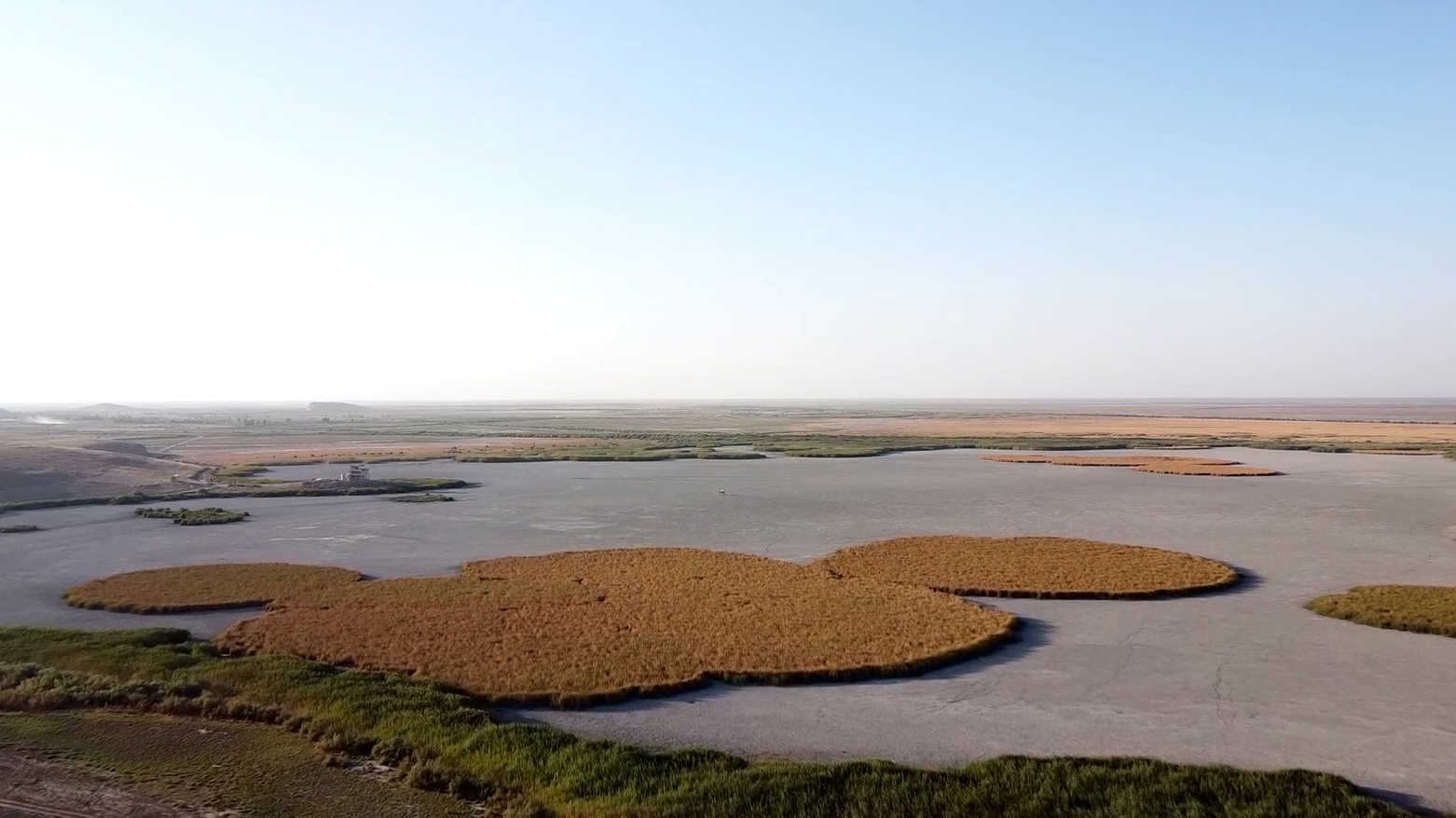
ERBIL (Kurdistan24) – In a stark continuation of Eastern Kurdistan's escalating water crisis, the Kani Barazan wetland near Mahabad has completely dried up, leaving a barren landscape where a vibrant ecosystem once thrived. The disappearance of this vital habitat, which supported thousands of birds and other wildlife, has inflicted severe damage on the region's agriculture, tourism, and local economy, amplifying fears among environmentalists about the irreversible consequences of climate change and water mismanagement.
The Kani Barazan wetland, located just 30 kilometers northeast of Mahabad, is now a desolate expanse of cracked earth where not a single drop of water remains. This ecological jewel, once covering 1,050 hectares with water depths reaching 60 centimeters, was a crucial sanctuary for an immense diversity of fauna.
The desiccation of the wetland has not only harmed the agricultural, animal husbandry, and tourism sectors that depend on it but has also triggered a profound environmental emergency. The wetland was the habitat for a rich array of wildlife, including thousands of birds, various wild animals, and several species of fish and snakes.
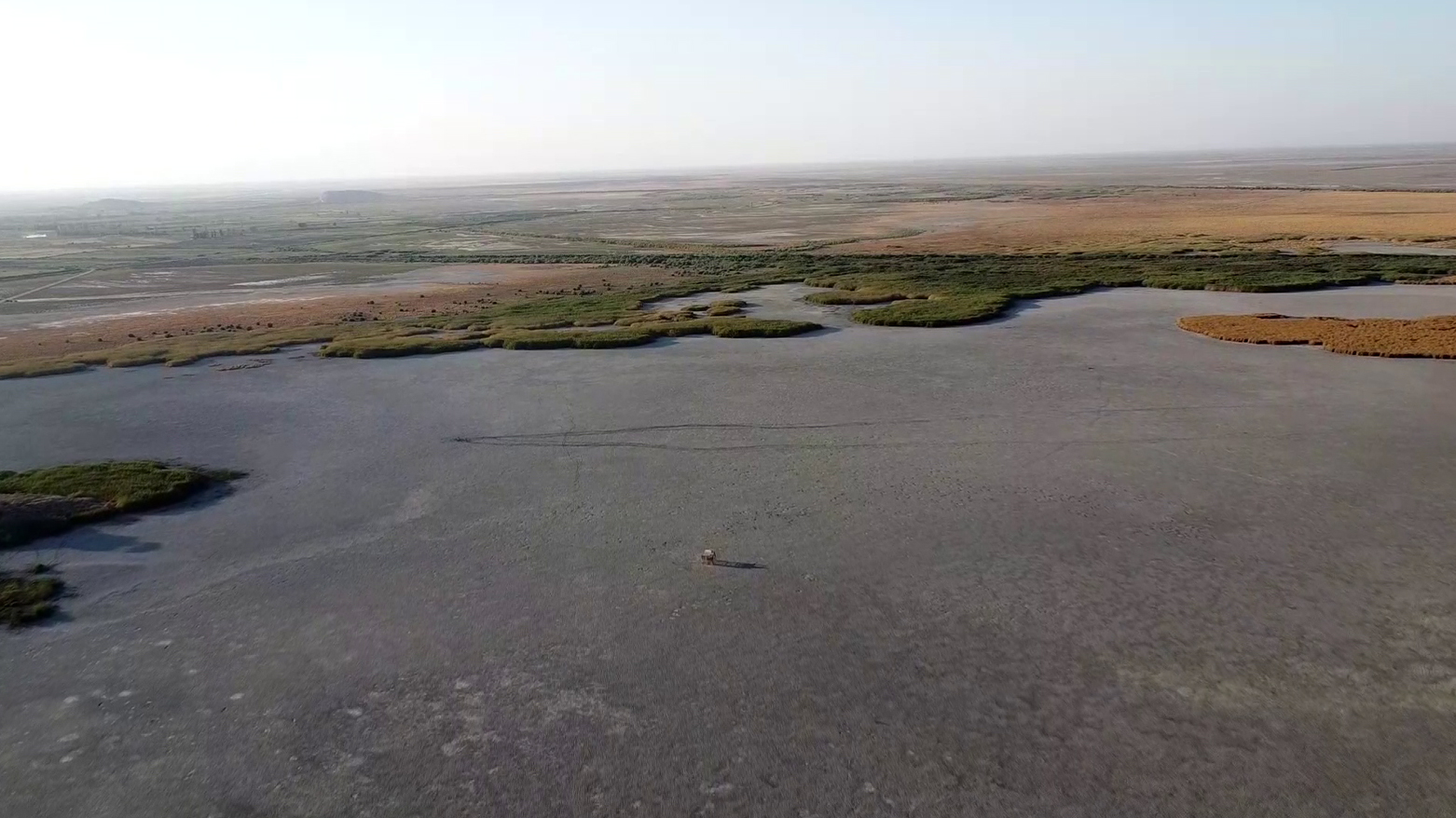
With its disappearance, a portion of this wildlife has perished, another part has been forced to flee the area, and the animals that remain face the imminent danger of extinction.
Environmentalists have been sounding the alarm on the precarious state of the region's water bodies, and the fate of Kani Barazan confirms their gravest concerns.
According to Aso Suleimanpour, an environmental expert, the primary causes for the wetland's complete disappearance are a combination of low rainfall and overarching climate change. He also pointed to another critical factor: the unsustainable use of the wetland's water for agricultural purposes, a practice that has drained the lifeblood of this delicate ecosystem.
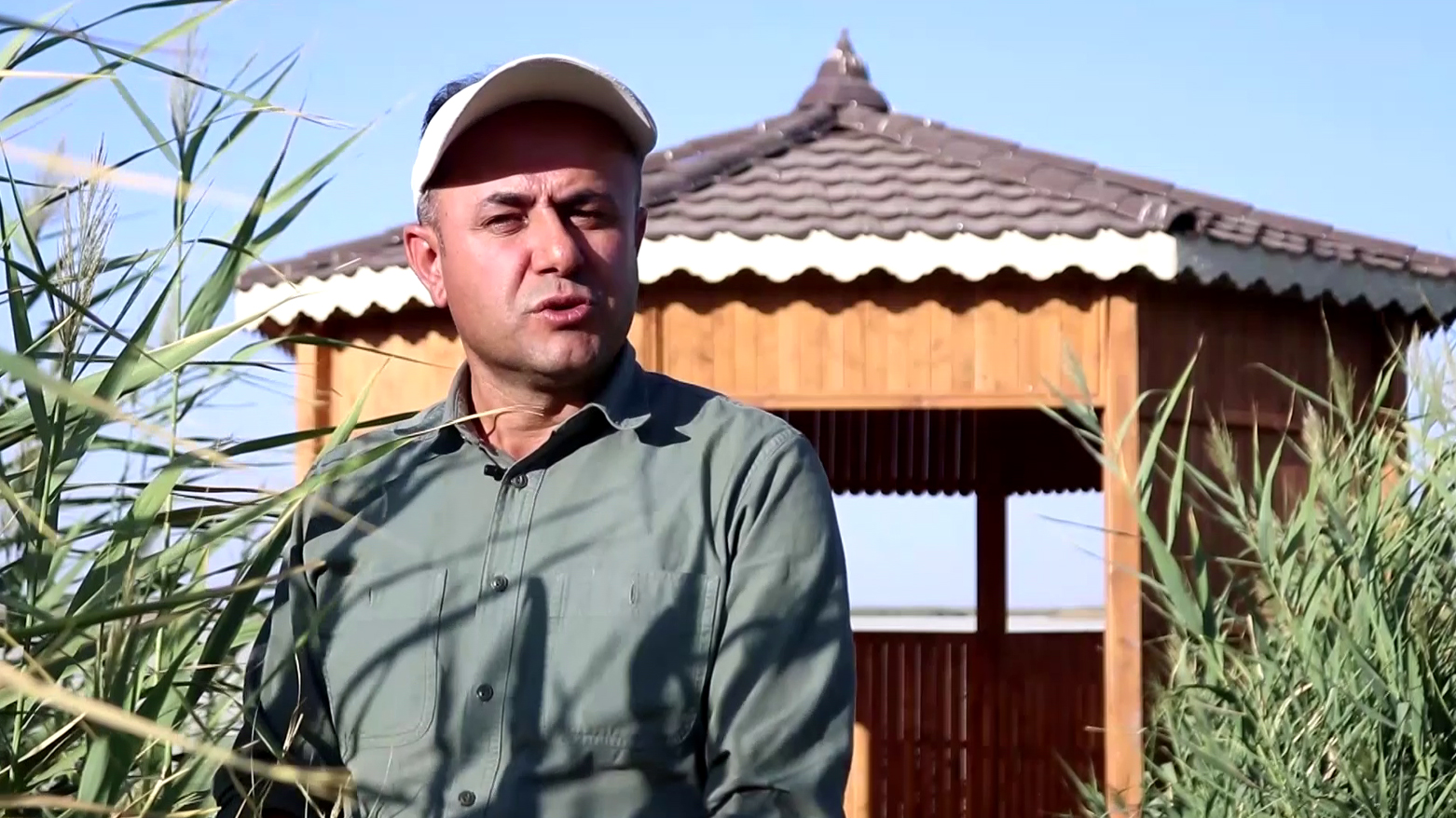
Amid this devastation, a small beacon of hope has emerged from the local community.
A number of residents from the nearby village of Khurkhura, demonstrating profound resilience and compassion, have taken it upon themselves to rescue the remaining birds and animals. Drawing on their experiential knowledge of the land, they understand that even though the surface is dry, the ground beneath has absorbed vast quantities of water over many years.
By digging pits just a few meters deep, they have successfully reached the subterranean water table. Using a pump, they are now bringing this precious resource to the surface to provide for the distressed wildlife.
Ramezan Shal, a resident of Khurkhura, described their humble yet vital efforts. “Out of compassion, we dug that pit,” he said. “Once or twice a week, we draw water for the animals and birds. The supply is modest, but it is clean and sufficient to keep them watered.”
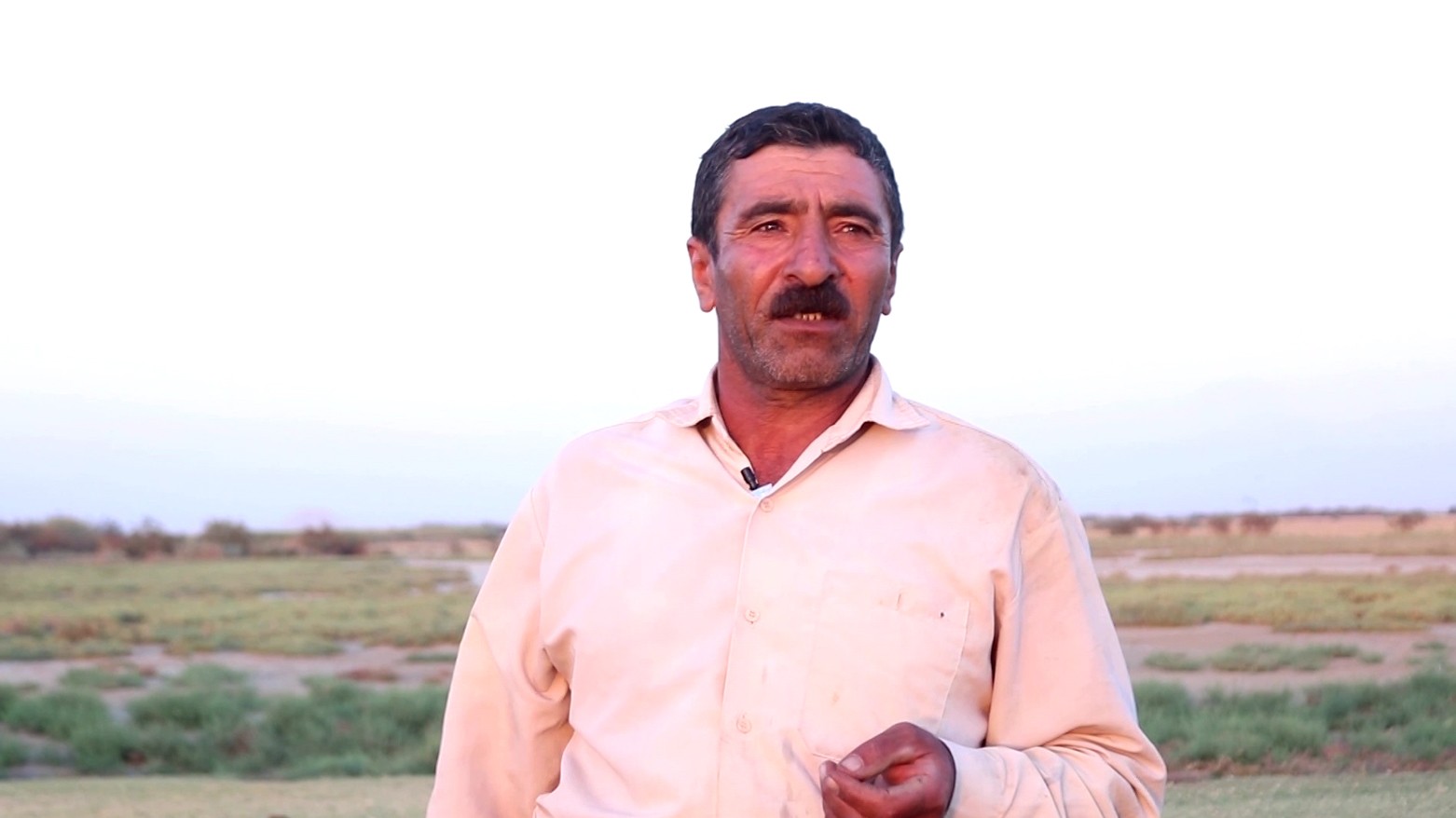
The loss of Kani Barazan is a significant blow to regional biodiversity. The wetland was a haven for approximately 180 types of birds, some of which were already classified as endangered. Species such as the white-headed duck, the marbled duck, and the stork relied on this specific habitat for their survival.
With the wetland now gone, environmentalists are deeply worried that these vulnerable birds may be pushed to complete extinction.
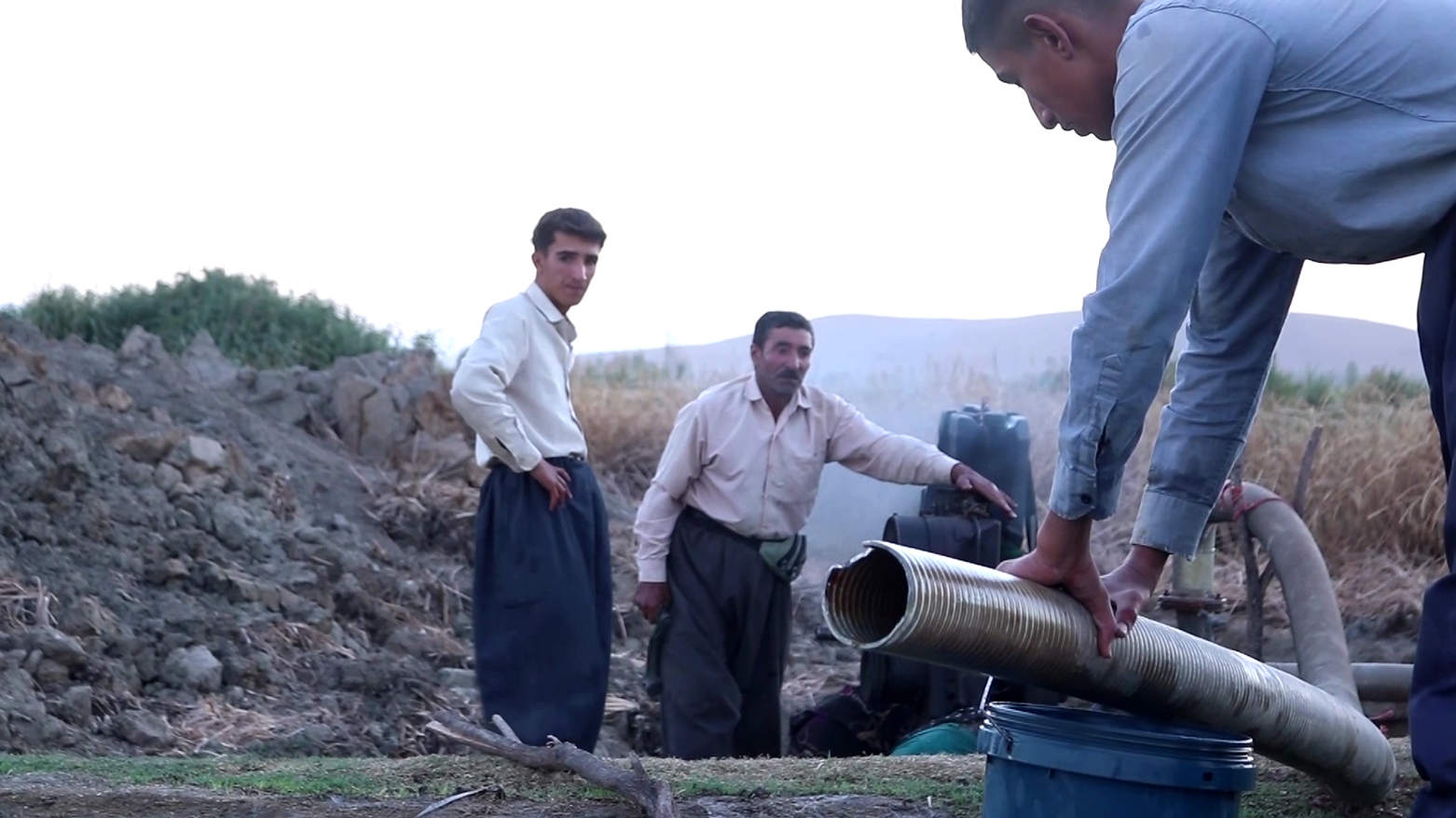
This localized disaster is a microcosm of a much larger, catastrophic environmental trend unfolding across Eastern Kurdistan (northwestern Iran). The demise of Kani Barazan mirrors the recent and complete disappearance of Lake Urmia, once dubbed the "turquoise jewel" and one of the largest saltwater lakes on Earth.
Recent satellite imagery from NASA confirmed the stark reality that the 4,000-year-old lake has entirely vanished, a tragedy long predicted by environmental officials who had warned it would be 100 percent dry by the end of summer. This event marks the tragic conclusion for an ecosystem that was a cornerstone of the region's culture and environment for millennia.
Lake Urmia, which once spanned nearly 5,700 square kilometers, was a critical habitat for unique species like the Artemia urmiana brine shrimp, a keystone food source for migratory birds, including flamingos and pelicans. Its massive surface also played a vital role in regulating the regional climate.
The lake’s collapse was driven by a perfect storm of excessive water extraction for agriculture, the rampant construction of dams on its feeder rivers, and a significant decrease in rainfall—factors remarkably similar to those that sealed the fate of Kani Barazan.
The statistics of Lake Urmia’s decline are staggering, with its surface shrinking by up to 95 percent and its water volume plummeting from about 30 billion cubic meters in the 1990s to less than one billion in recent years.
The consequences of such large-scale desiccation extend far beyond the immediate loss of ecosystems. The vast, exposed lakebed of Urmia has become a saline desert, posing a severe threat to human health. Experts have repeatedly warned of an increase in salt storms carrying toxic particles that can cause severe respiratory illnesses for millions of people.
Some researchers have cautioned that the complete disappearance of the lake could put between 6 and 15 million people at risk, potentially triggering a massive wave of environmental migration as agriculture fails and living conditions become unbearable. The projected economic toll from such a displacement could reach trillions of dollars.
In the face of the Urmia crisis, Iranian officials have considered late-stage proposals for restoration from international consortiums. However, these efforts are widely seen as too little, too late. Experts and officials alike acknowledge that fundamental changes, such as altering agricultural practices and modernizing irrigation, are essential.
The story of Lake Urmia serves as a grave cautionary tale, its transformation from a vibrant ecosystem to a historical footnote highlighting the devastating impact of environmental mismanagement and climate change.
The complete drying of the Kani Barazan wetland is the latest chapter in this unfolding tragedy. It underscores the urgent and systemic nature of the water crisis in Eastern Kurdistan, where vital natural habitats are vanishing at an alarming rate, leaving behind ecological voids and imperiling the future of both the region's unique wildlife and its human communities.